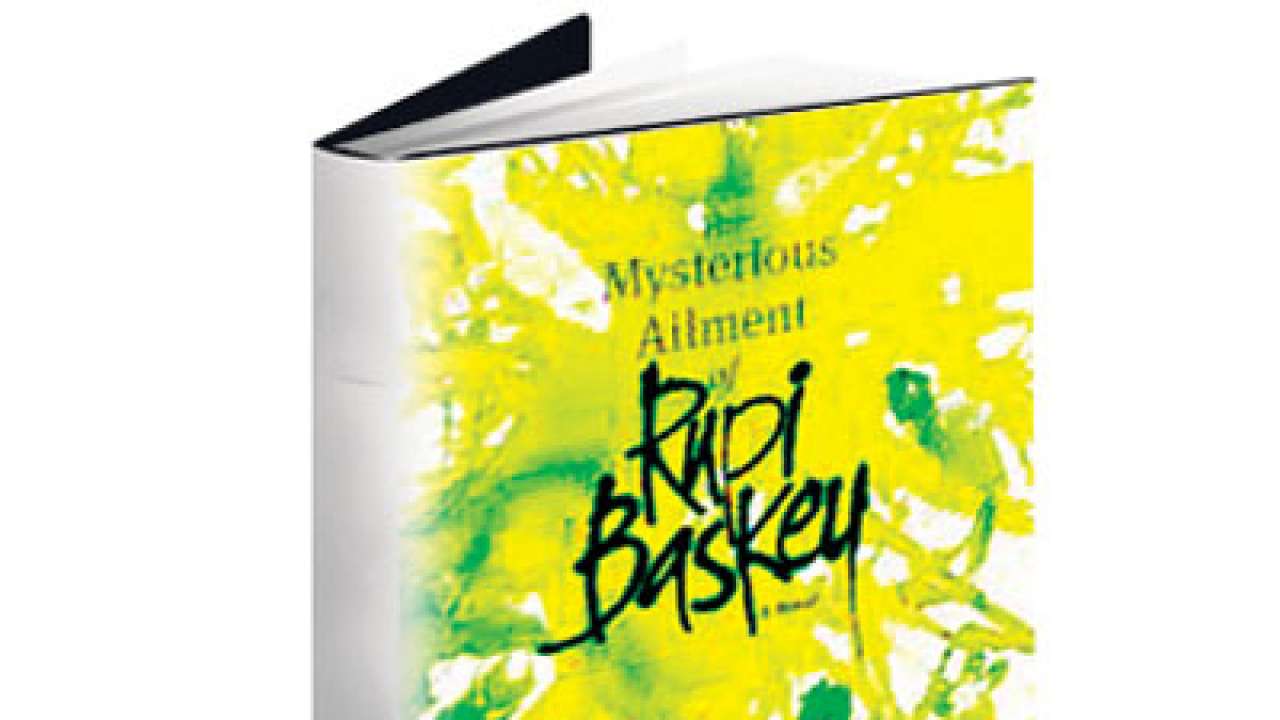
Book: Mysterious Ailment of Rupi Baskey
Author: Hansda Sowvendra Shekhar
Publisher: Aleph / 210pages
Price: Rs295
There's a disease that has afflicted Rupi Baskey. The wife of Sido, son of the revered Khorda-haram of Kadamdihi, she was once the strongest woman in the village. Successive generations spoke of how she bore her oldest son when squatting in the middle of a paddy field. Now, her oldest son is no longer with her, her husband has succumbed to the charms of Gurubari and she is unable to move out of her cot, making even the most mundane tasks difficult. The villagers believe that she has been cursed by a dahni-bidya (witch).
The Baskeys of Kadamdihi are the village spectacle. The book centres on the increasingly dysfunctional descendants of Somai-haram, the majhi of Kadamdihi village. As in most villages, every aspect of their lives, four generations in all, is played out to a very public audience.
Hansda Sowvendra Shekhar's debut novel is a vivid imagining of the way of physical and cultural life in a Santhal village in Jharkhand. The lives of the women are more detailed and they come across as strong and independent in the face of whatever situation they are thrown into. There is Putki, the wayward and promiscuous daughter of Somai-haram who during her teenage years was famous for 'disgracing' herself by talking to young men from other villages and working at a rice mill as a labourer. In her old age, she is now an alcoholic, content with visiting neighbours and sharing every little secret about her own household.
Her partner in crime was her neighbour, the naikay's daughter Della; the family was infamous for worshipping the gods that brought misfortune. The duo was the entertainment in the village, the objects of fantasy of the young men in it and the despair of the holier-than-thou elder women.
Then there is Rupi, Sido's wife and Putki's daughter-in-law. After their marriage, they move to Nitra to stay with Sido's best friend Bairam-master and his wife Gurubari. It is believed that Gurubari is having an affair with Sido and is jealous of Rupi which is why she uses witchcraft to ruin her health. The larger narrative of the book looks at Rupi's entry into the village as the wife of Sido, her moving to Nitra to live there and meeting Gurubari and her successive illness that results in her returning to the village with her two younger children but without her husband. It's a touching portrayal of Rupi's helplessness in the face of a condition which cannot be treated and her struggle to maintain control over herself, her life and her position in the family.
Each of the women is a colourful character and it is easy to picture Putki sitting in someone's house drinking haandi in a drunken stupor talking about her partner in crime Della.
The men are largely unidimensional and relegated to side roles, except the one important part where they add to the sufferings of the women in their lives. The exception is Somai-haram, the devout man who accepted his wife's inability to conceive a child and his daughter's waywardness with equal fervour.
If the novel has an underlying focus, it is on dahni-bidya, or witchcraft. The witches are feared for their ability to use witchcraft, enter dreams and kill people they do not like.
There is a fair bit of the Santhal language scattered through the novel which helps maintain its rustic feel but can throw off readers since their meanings aren't given.
The Mysterious... combines folklore, gossip and urban legend to create a story that is compelling and believable, no doubt taken from Shekhar's work as a medical officer in Jharkhand.